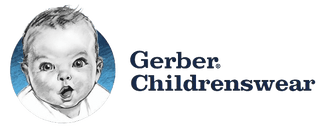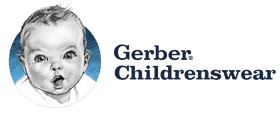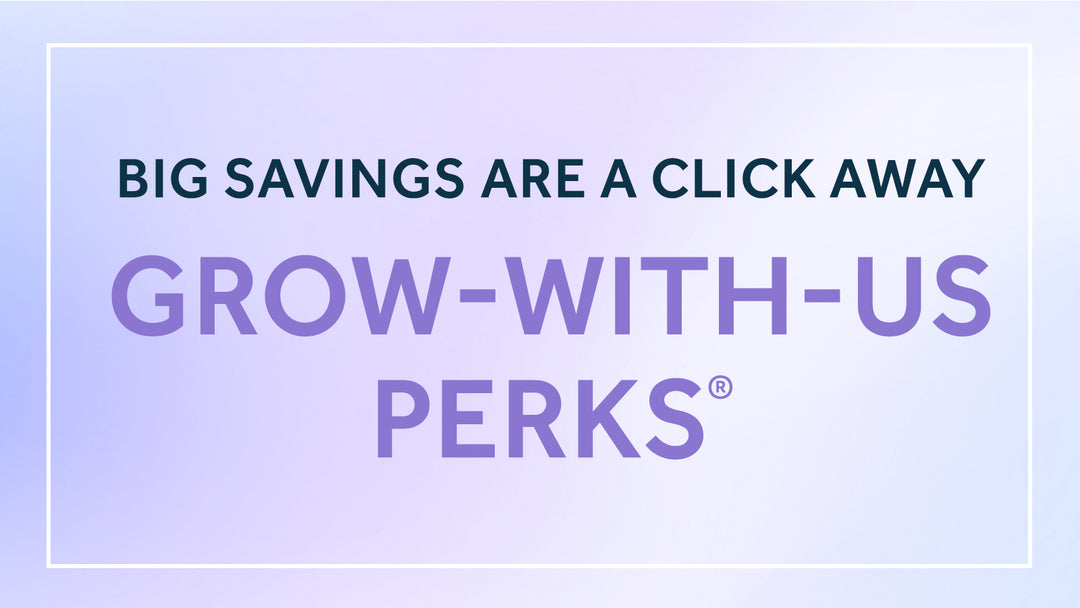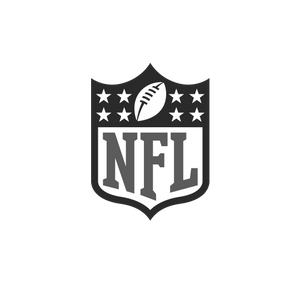Everything You Need to Know About Bibs
Along with bottles, bodysuits and blankets, bibs are another one of those big B’s that every parent needs. Buying and using these mealtime essentials may seem simple, but the baby bib game has really evolved over the years. If you’ve noticed a variety of different products and styles at the infant supply store or online, you may be wondering why there are so many types. We’ll help you uncover the mystery behind their features and care tips so you’ll feel like a bib master in no time.
Types of Baby Bibs
Your parents probably raised you on the standard bib—a rounded, cloth or towel-like garment that went around your neck and snapped in the back. While these tried-and-true stain preventers are still available and useful as ever, there are a few more varieties that have made it to store shelves. Since we’ve covered the standard original, let’s break down a few more basic types:
- Drool/Dribbler Bibs—Yes, these are the ones that may look like a hanky, or even a hipster’s fashion accessory. If you don’t like that style, there are also drool and dribbler bibs that look like the regular kind. If you’re not graduated to solid food yet, they’re the perfect size to use while nursing or feeding a bottle. They’re also comfortable enough for baby to wear around the house or while you are out and about. Since infants tend to dribble all over the place, their saliva can quickly make a fresh shirt or bodysuit look like it’s been worn for days. Instead of doing more laundry, you can put a drool bib on them, and their clothes will stay cleaner for hours.
- Feeding Bibs—When your little one graduates to baby food, it’s a whole new (messier!) ballgame. Keep little bits of carrots and peas from falling on your clean kitchen floor by using a feeding bib. The top looks like the original bib, but the bottom has a pocket sewed onto it. The pocket catches both liquefied and solid foods, which protect your household efforts, as well as clothing.
- Smock Bibs—Also known as the “long-sleeved bib,” smock bibs are worn like a shirt. They cover your baby from neck to knee, which makes for foolproof mess prevention at mealtime. They’re great for protecting fancy dresses and beautiful white baby clothes. They are also a lifesaver if you’re feeding at a restaurant or someone else’s house. While a bit bulkier, they have an open back, so you can roll up food bits into the material before they get everywhere.
- Disposable Bibs—While they may not be practical for everyday use, they can come in handy if you forget one while you’re on vacation or are attending an event where you want to be able to throw away anything that is messy. They’re especially helpful when you know you won’t be able to get home and clean or spot-treat the material for several hours or days.
Best Bibs by Age Group
While some quality baby bibs can be used for months and even years at a time, others are most appropriate for certain situations. Children from 0-6 months will benefit most from regular and drool bibs since they’re usually not eating baby food until they reach around six months of age. Once they hit the 4- to 6-month mark, you will want to start looking for feeding bibs. These can be used as long as you want. Combine these with droolers, so your child’s clothes are protected no matter what activity they’re doing. Smock bibs aren’t practical for newborns, but you may find a purpose for them as they grow older and begin eating fruits and vegetables.
Baby Bib Care Tips
No doubt about it, bibs are one of the most stain-prone accessories you will ever buy as a parent. If you want to make them last as long as possible—and we know you do—we have a few helpful tips for pre-treating, washing and cleaning each type you buy.
- Read the Product’s Care Label—Materials used for bibs range from organic cotton to rubber. Be sure to read the care label (or the box) to see what type of cleaning methods the manufacturer recommends. Some can be thrown in the washing machine, while others need to be spot-treated and cleaned. If you’re not into multi-step cleaning processes, you may want to check the tag out before you buy it.
- Treat Stains as Quickly as Possible—Whether you have spit up or prunes on the front of the bib, you’ll want to get the stain off as soon as you can before you officially wash it. Keeping in mind care instructions, many materials will require rinsing or soaking in cold water and then pre-treating the spot with a special stain spray. Afterward, you can throw it in the wash with your baby’s laundry detergent.
- Hang Them up to Dry—This practice is essential for plastic or rubber bibs, but also makes sense for most cotton and cloth ones. Unlike your dryer, the sun will help take the peskiest stains out. Feel free to hang them in a dry, well-ventilated room inside your home or, better yet, outside on the porch. Many spots will lighten up or disappear completely.
Making Life Easier with the Right Bib
Now that you know which type will keep your child clean and happy, you can stock up on the cutest bib styles. There are plenty out there that come in adorable patterns, fun sayings and vibrant colors. Whether you want to make a statement, or just keep baby’s clothes protected, there is a practical, functional and adorable bib out there for everyone.


















